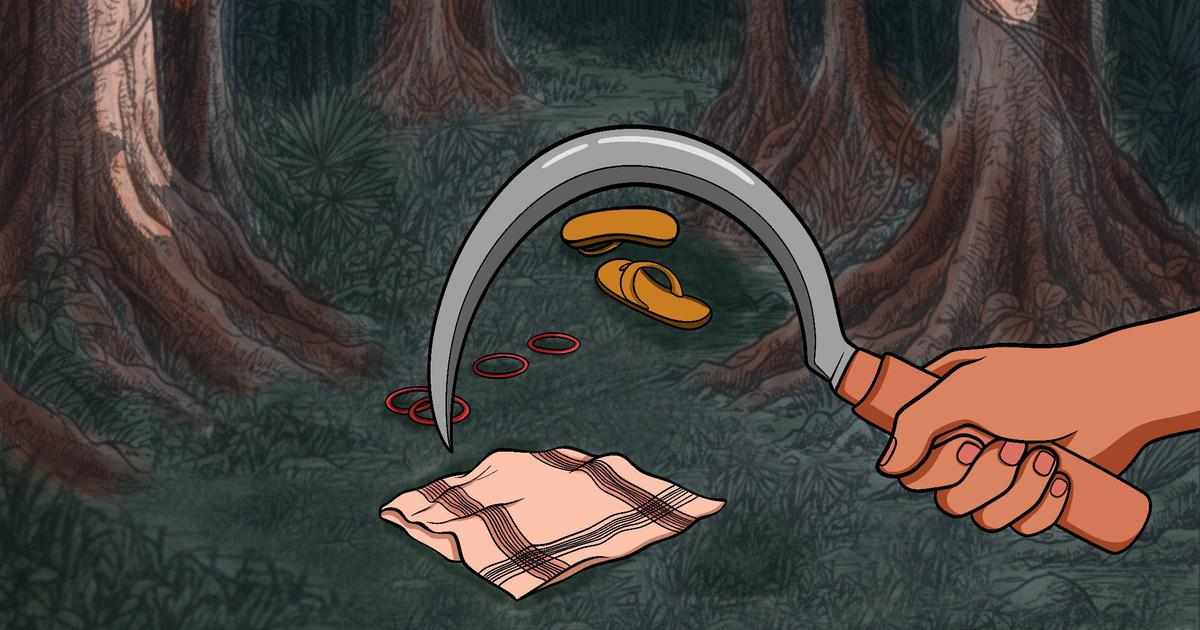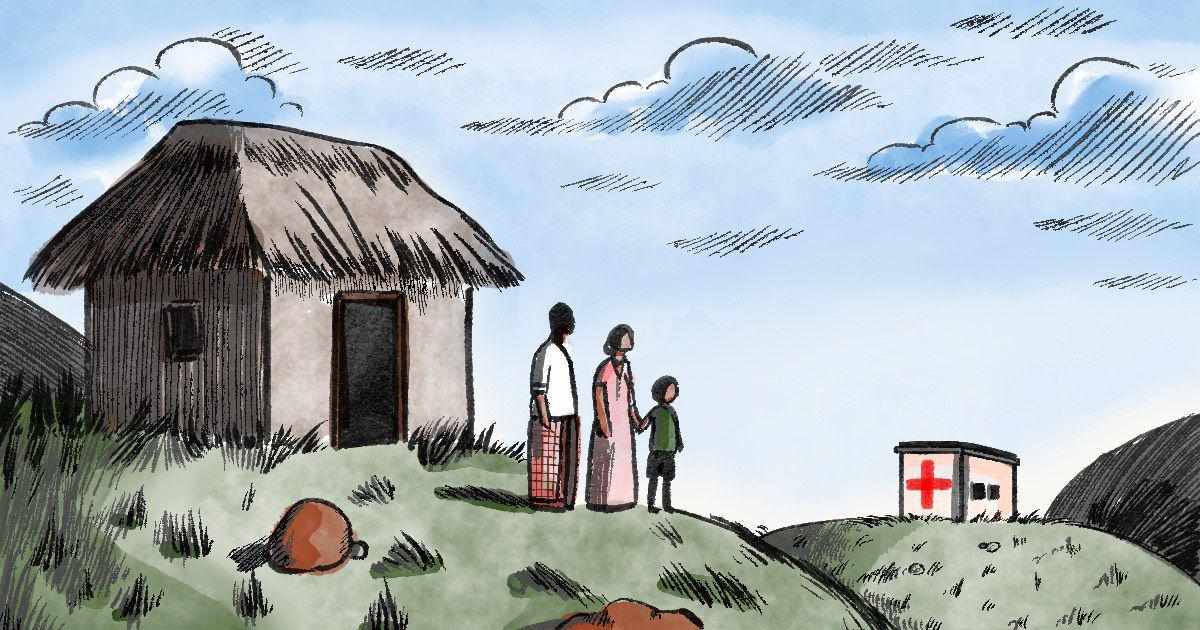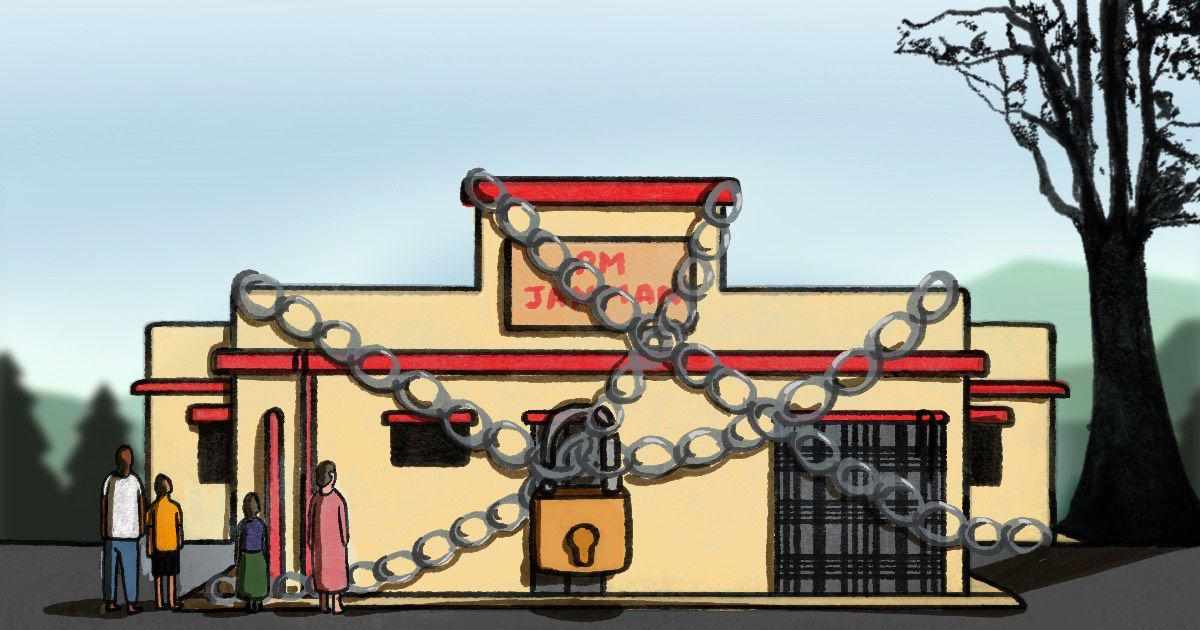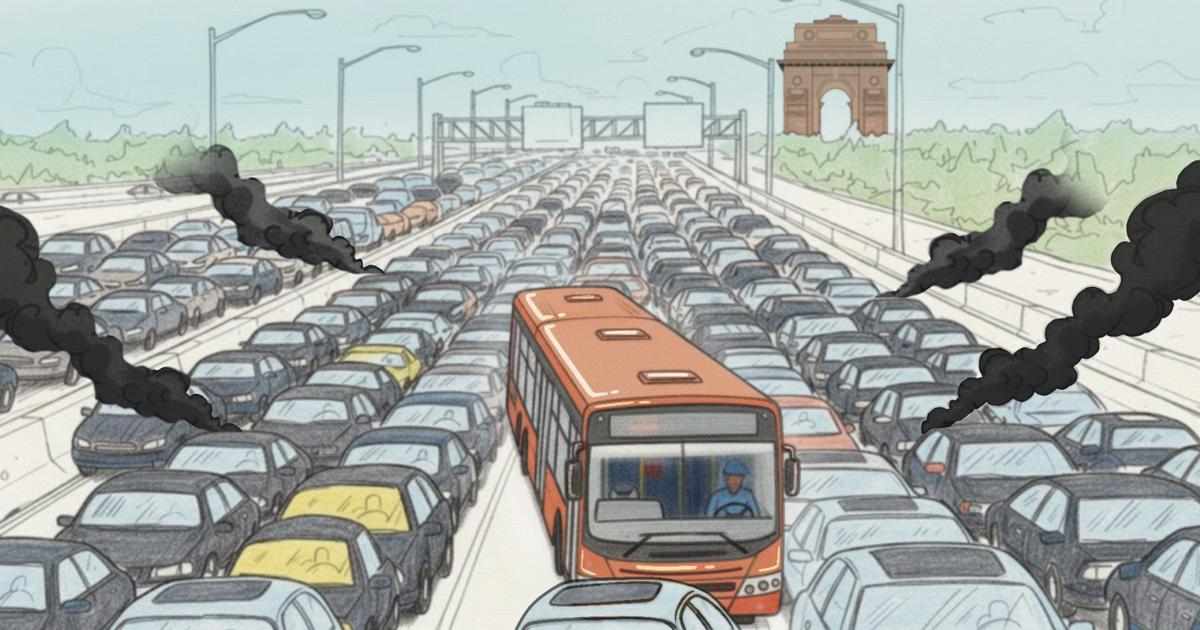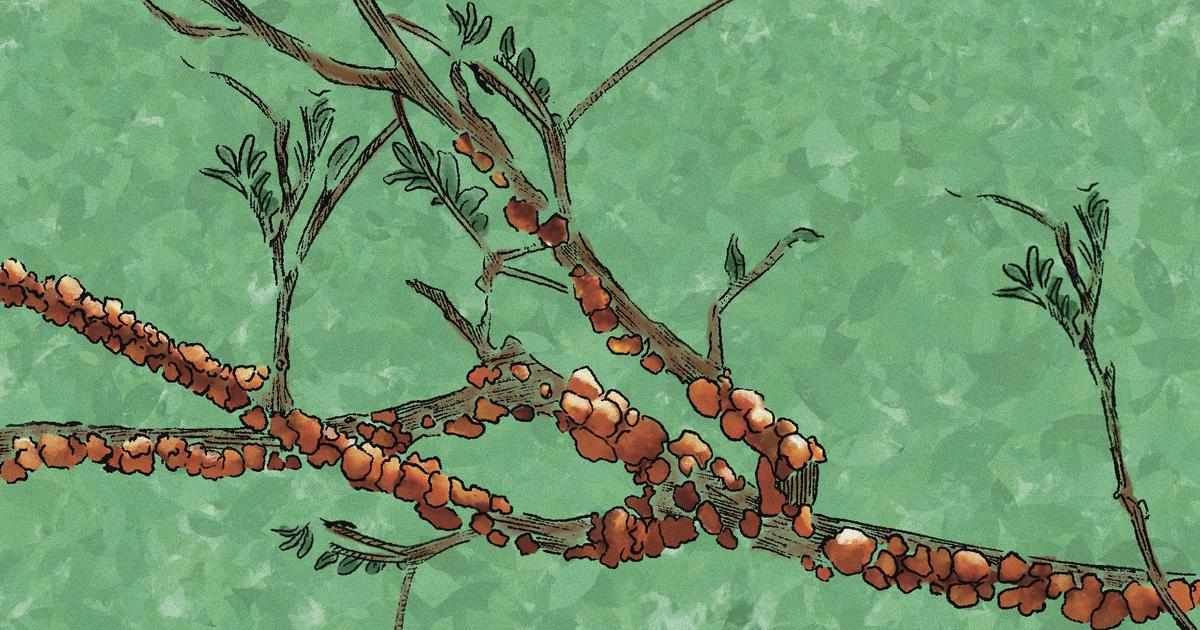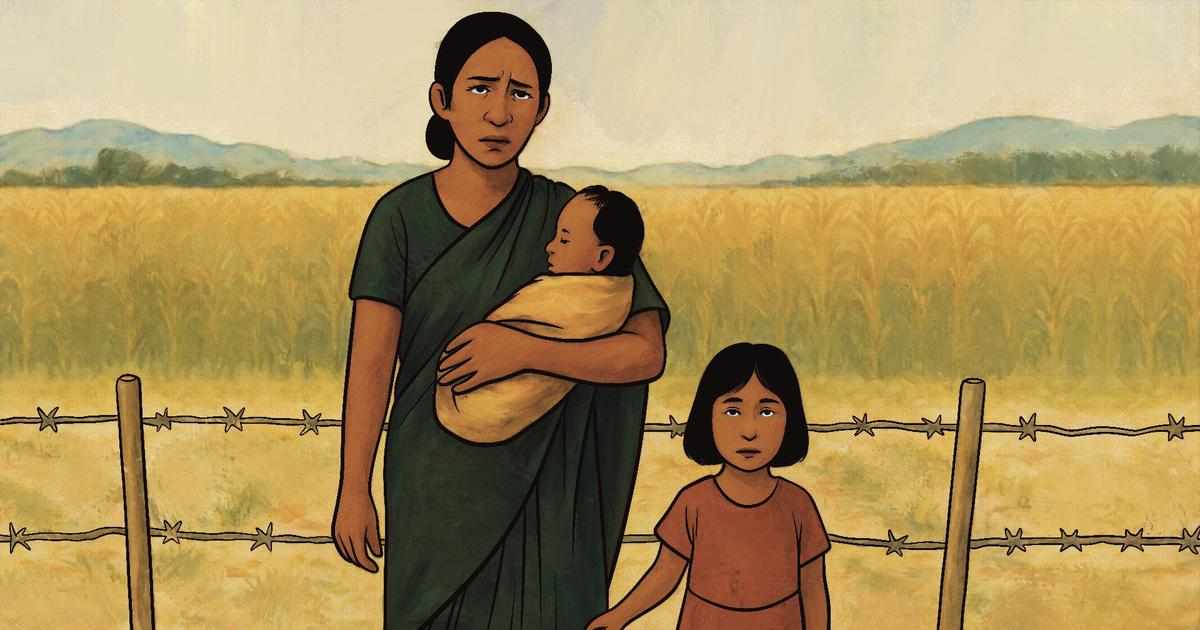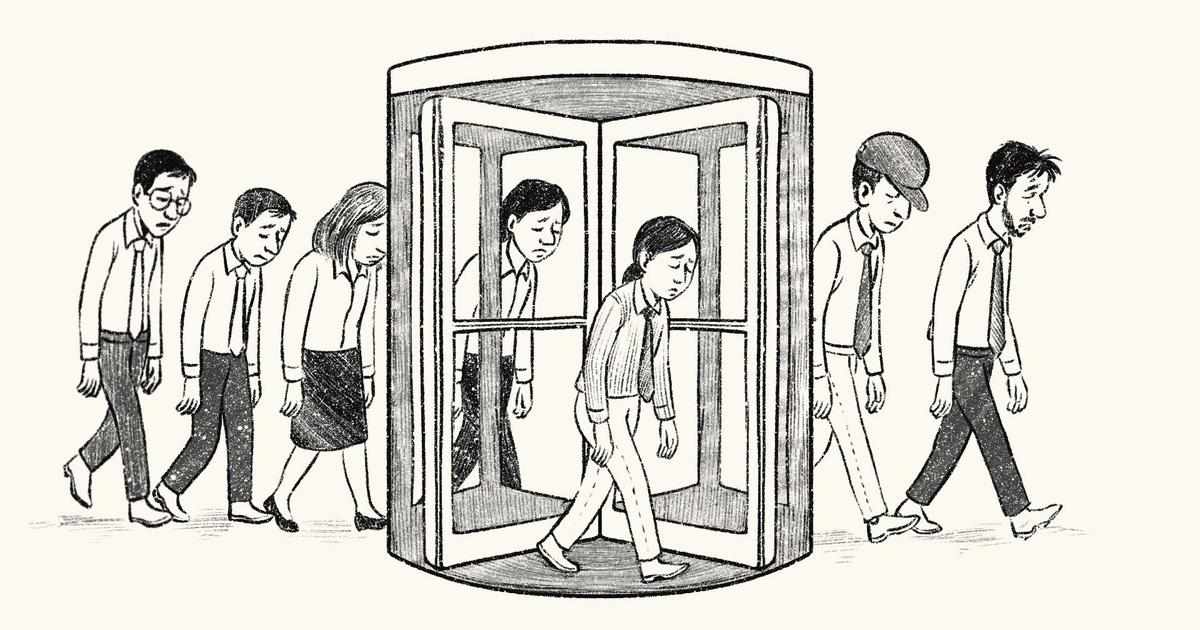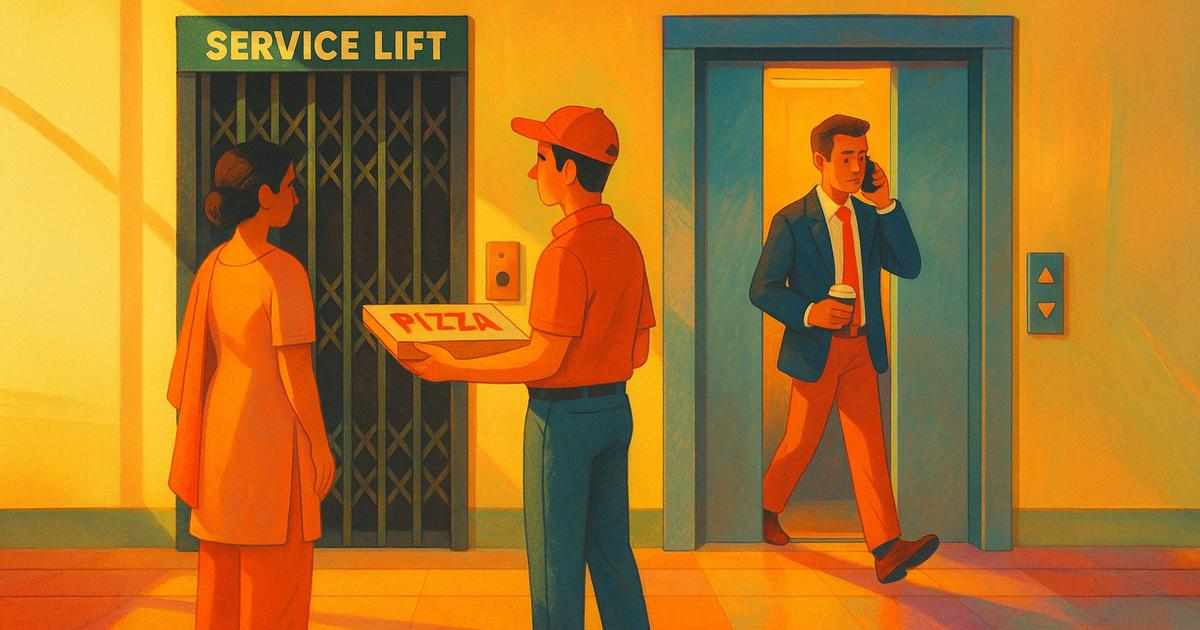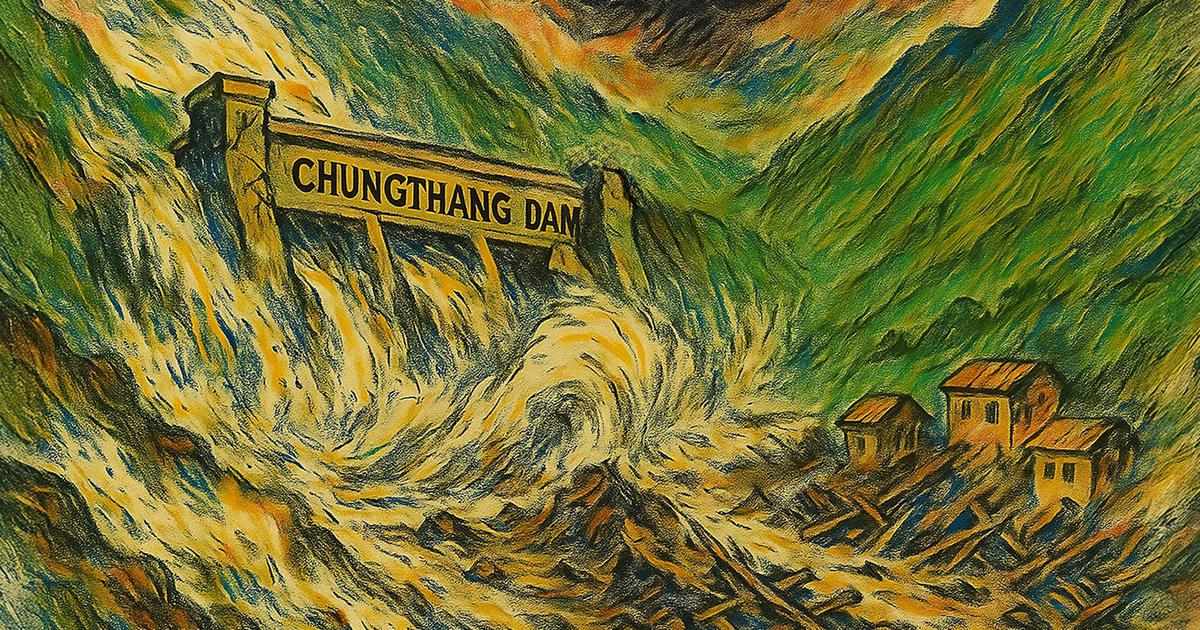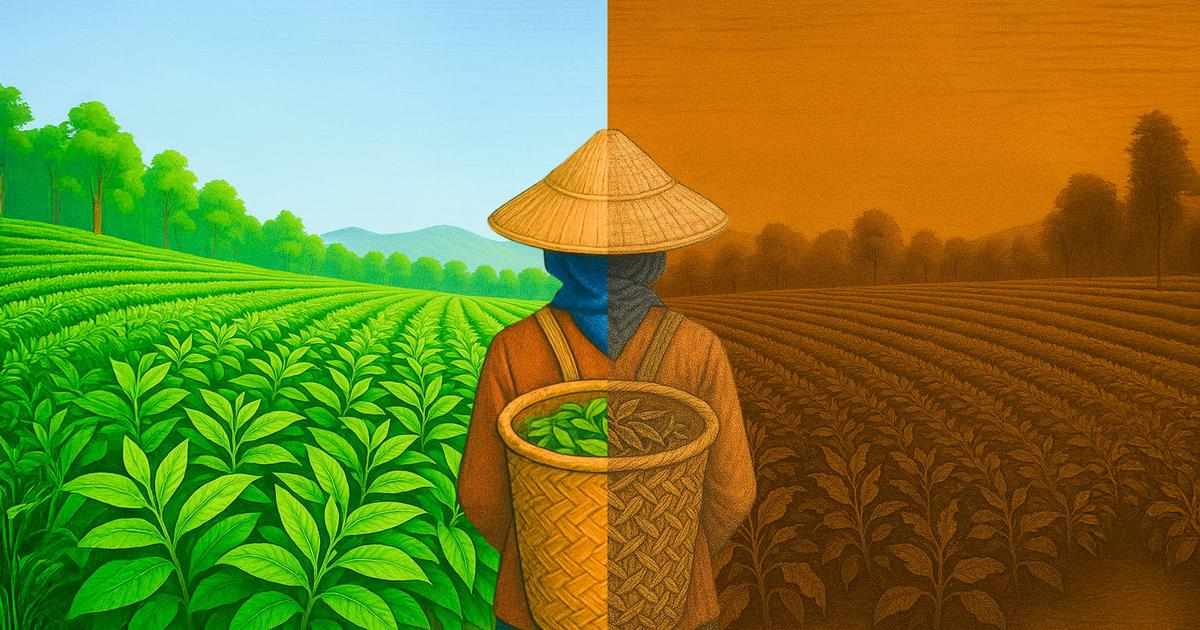What keeps witch-hunting alive in Jharkhand
Hello,In 2023, Jharkhand saw 22 murders of people who had been killed on suspicions that they were practicing witchcraft. This was higher than the number of such killings in any other state, and twice the number the state had seen the previous year.Nolina Minj travelled to villages such as Durutoli and Bahvaar Toli, which had seen instances of such attacks in recent times, to understand the extent of the problem. She found that on the ground, most villagers professed a firm belief in the idea that some women practised witchcraft and sought to bring harm to people around them. Meanwhile, families of women who had been attacked, and killed, were left grappling with tragedy, with little support from the government or local communities. Though the state government launched a project in 2020 to tackle the problem, there is little record of what it has accomplished.Worryingly, activists noted that the problem was likely even more serious than the official numbers suggested. “Often, when women are killed deep in rural areas, communities keep quiet and word about the crime doesn’t reach the police,” said Hiramani Deogam, an anti-witch-hunting activist from Chaibasa.You can read the story here.

